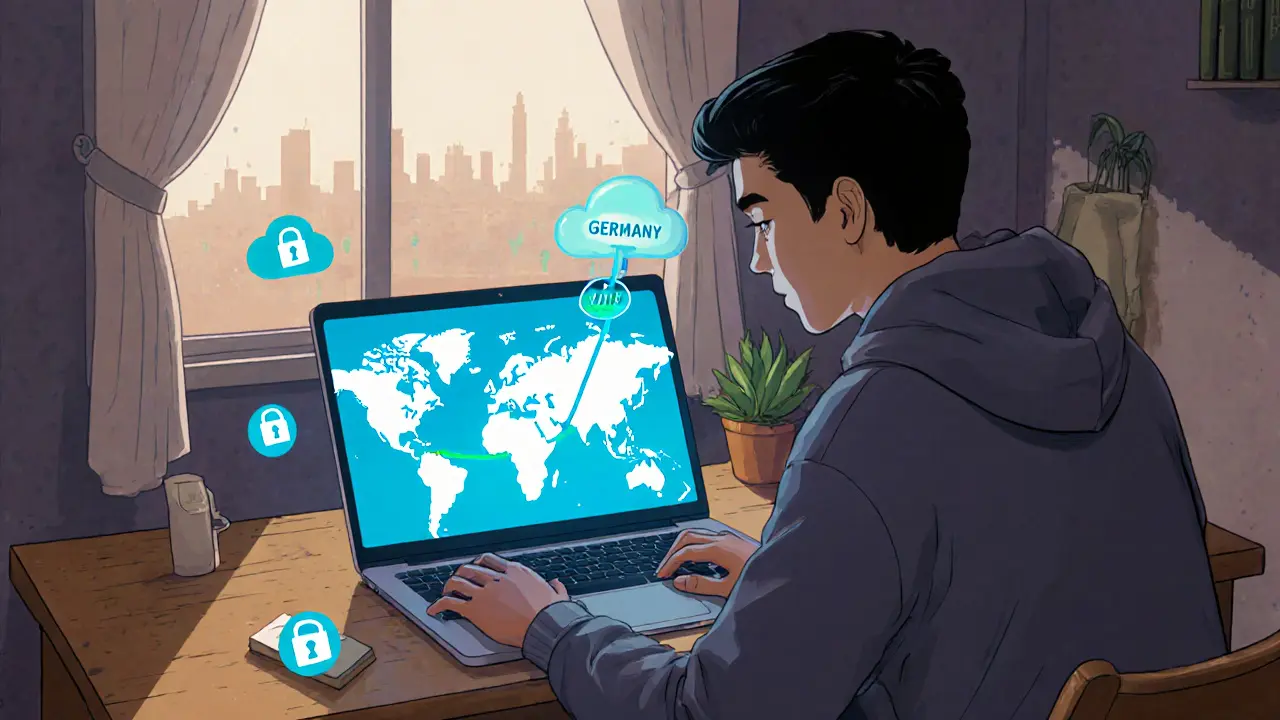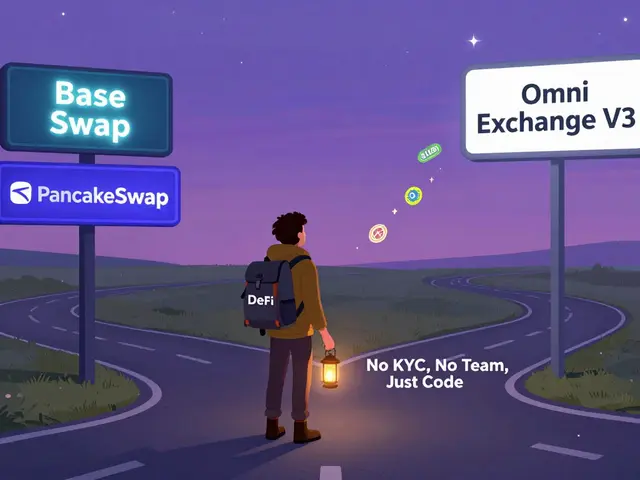VPN detection: Tools, Techniques, and Best Practices
When working with VPN detection, the practice of determining whether a user’s traffic is routed through a virtual private network. Also known as VPN identification, it is essential for services that enforce regional policies, prevent fraud, or protect digital assets.
Accurate IP geolocation, the process of mapping an IP address to a physical location forms the backbone of most detection pipelines. By comparing the reported location against the expected range, you can spot many commercial VPN endpoints. Proxy detection, identifying traffic that passes through shared or public proxy services works hand‑in‑hand with IP data, catching scenarios where users hide behind web proxies or residential proxy farms. Together, these techniques enable a core semantic triple: VPN detection encompasses IP geolocation and proxy detection to reveal hidden routing.
Why VPN detection matters for security and compliance
Beyond location checks, modern platforms use bot mitigation, strategies that differentiate human users from automated scripts as a second line of defense. Bots often exploit VPNs to rotate IPs and avoid bans, so integrating bot mitigation with VPN detection creates a feedback loop: VPN detection feeds suspicious IPs into the bot engine, and the bot engine flags anomalous patterns back to the VPN module. This relationship forms another semantic triple—bot mitigation relies on VPN detection to stay effective. Additionally, awareness of anonymity networks, systems like Tor or I2P that intentionally conceal user identity helps set realistic expectations. While you can flag many VPN exit nodes, true anonymity networks are designed to thwart detection, so you may need to combine traffic‑analysis heuristics with user‑behavior modeling.
In practice, a robust detection stack blends several data sources: DNS‑based lookup tables for known VPN providers, machine‑learning models that evaluate latency and packet‑size anomalies, and real‑time threat‑intel feeds that surface new VPN services. Each layer adds depth, and the more layers you stack, the harder it becomes for malicious actors to slip through. When you implement these tools, keep an eye on false‑positive rates—over‑blocking legitimate privacy‑conscious users can hurt reputation. Fine‑tune thresholds, provide clear user‑education on why access might be restricted, and offer a verification path for genuine users.
The collection below showcases articles that dive deeper into each of these topics. You’ll find step‑by‑step guides on setting up IP geolocation databases, detailed reviews of proxy‑detection services, analyses of bot‑mitigation frameworks, and case studies on handling anonymity‑network traffic. Use them to build a detection system that balances security, compliance, and user experience.
VPN Crypto Iran: How Traders Get Detected and How to Stay Safe
Explore how Iranian crypto traders use VPNs, the latest detection methods, recent enforcement crackdowns, and practical steps to stay safe while trading online.





